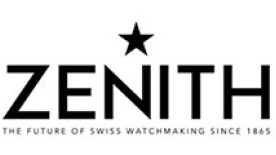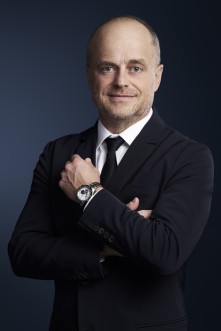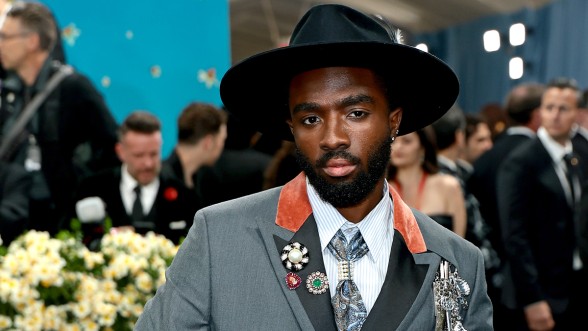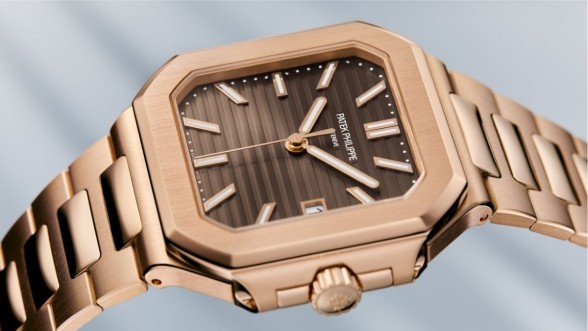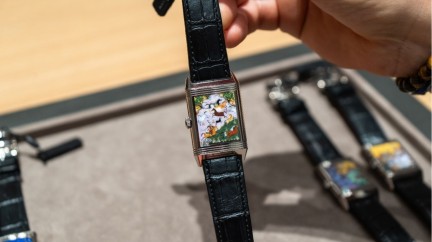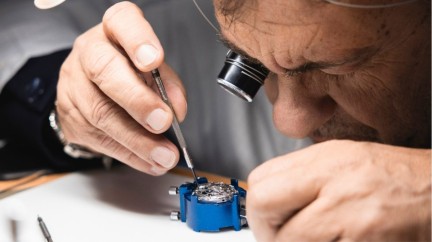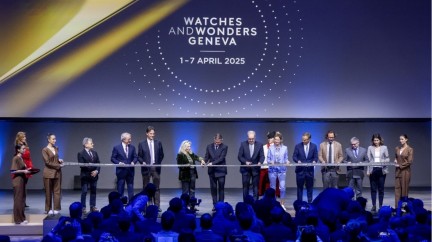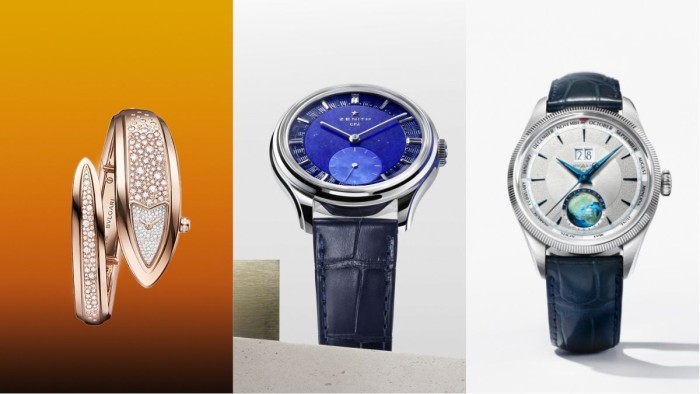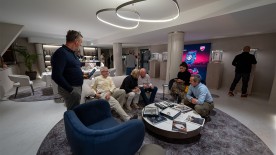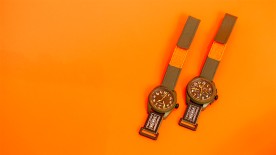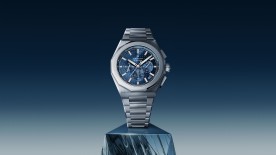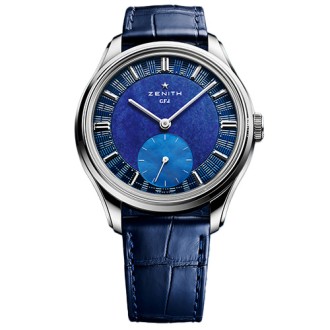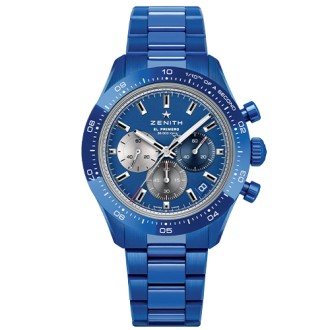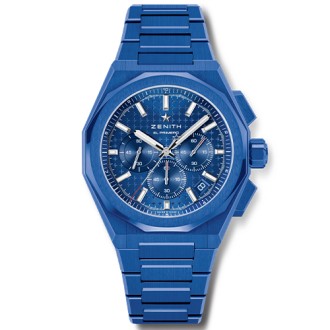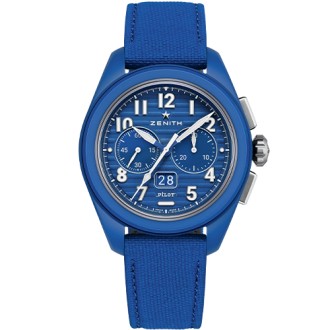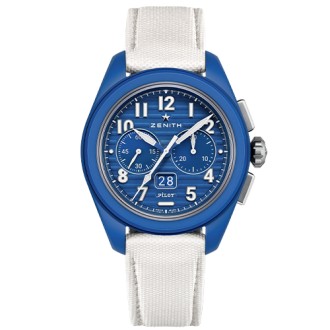Zenith
Founded in 1865 in Le Locle by 22 year-old visionary Georges Favre-Jacot, the Firm originally developed fob watches, clocks, and navigation console instruments for the navy. It soon earned recognition for the accuracy of its chronometers, for which it has won 2333 timekeeping awards in its 150 years of existence; after barely ten years, it was already employing over one thousand people.
In 1911, Georges Favre-Jacot named the Firm – which up until then had been named after him – ‘Manufacture Zenith'. Nine years later, having produced over two million watches, Zenith opened subsidiaries in Geneva, Moscow, Paris, Vienna and New York.
Renowned for its precision and the reliability of its timekeeping instruments, the manufacture later equipped the cockpit panel dials of the seaplanes of the French Fleet Air Arm as well as supplying console instruments to the Italian navy.
After the Second World War, Zenith returned to its core business, developing new automatic movements. The birth of the El Primero caliber in 1969 – the first high-frequency automatic chronograph – made the firm famous. Zenith successfully navigated the following decades and the advent of quartz, constantly creating new calibers – including the Elite ultraflat movement.
As the dawn of the third millennium approached, the LVMH Group bought out Zenith, giving the Firm a fresh lease of life. At the 2002 Baselworld show, the manufacture presented four new movements and fourteen new models.
Manufacture Zenith boasts over 600 different types of movement. All Zenith watches still have a Zenith manufactured movement produced by the Manufacture in Le Locle.
In 2012, parachutist Félix Baumgartner became a legend by jumping into the stratosphere and reaching a maximum reported speed of 833.9 mph – equipped with the El Primero Stratos Flyback Striking 10th chronograph. He thus joined the long list of pioneers with whom Zenith has worked.
